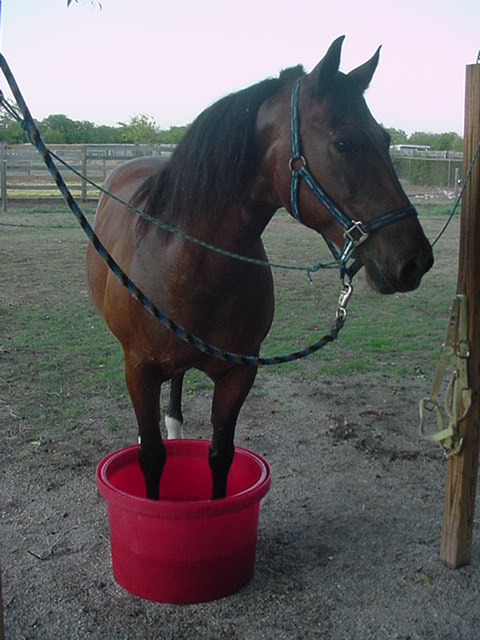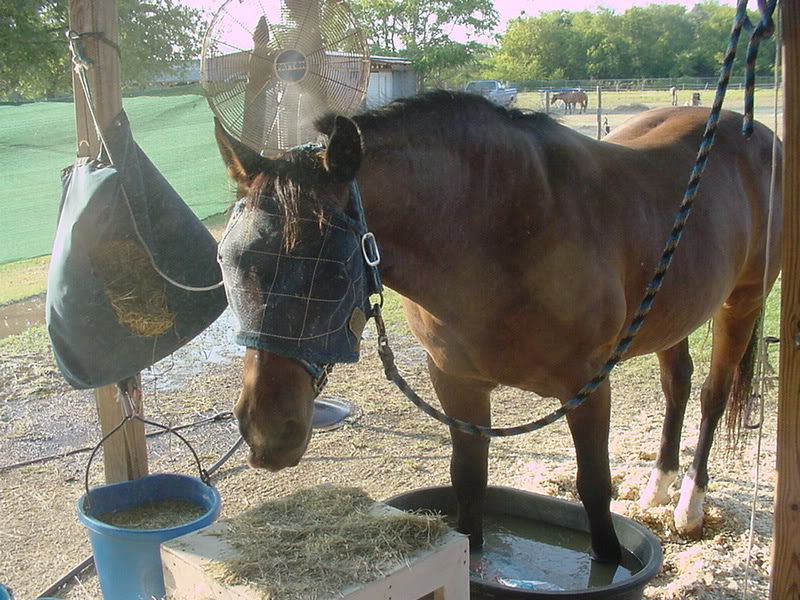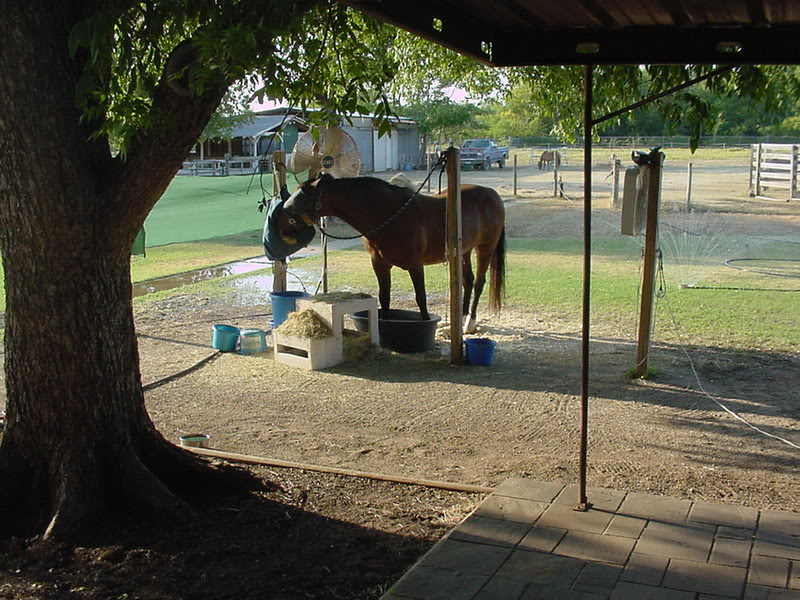Thank you for the jingles and feedback!
An update: She was WORLDS better today when I was out to see her - bright, alert, responsive and munching hay (and grass when I hand grazed her), sneaking small bites of grain (has been totally off that since Saturday evening/Sunday), drinking plenty of water. Yesterday she was off hay entirely, off grain, and only gingerly nibbling at grass until the Banamine kicked in. She nickered at me a bunch, so that is improved too - she’s an affectionate, vocal gal and yesterday there were no nickers except one weak one for her best friend. I almost cried when she called to me.
She is definitely not 100%, but compared to how dull, listless, uncomfortable and inappetant she was yesterday - HUGELY improved.
@Jealoushe: We debated hospitalizing for cryotherapy (and other supportive therapy like fluids). Vet and literature seem to agree that it has to be continuous, 24/7 to make a difference and we can’t do that at home, obviously. If she was hospitalized, she would be in isolation pending the PCR result, which would also be stressful. Her clinical improvement also seems to bode well. So, we are holding off for now. We are, however, starting Pentoxyfilene as a precaution.
Vitals were improved… Her temps were normal, as was her heart rate. Respiratory rate still a bit elevated. Her poop was the nicest I have seen it in weeks - well formed balls. We have been dealing with diarrhea, so it was a relief on many levels that it looked good.
Unfortunately, they were unable to do CBC in house today so have to wait until the morning to get that back, but today her lactate was marginally better, but TP was slightly worse. Neutrophils were low end of reference range yesterday. We’ll wait on the CBC and how she seems tomorrow to make any other changes to treatment plan.
Continued jingles are appreciated! Many thanks!




